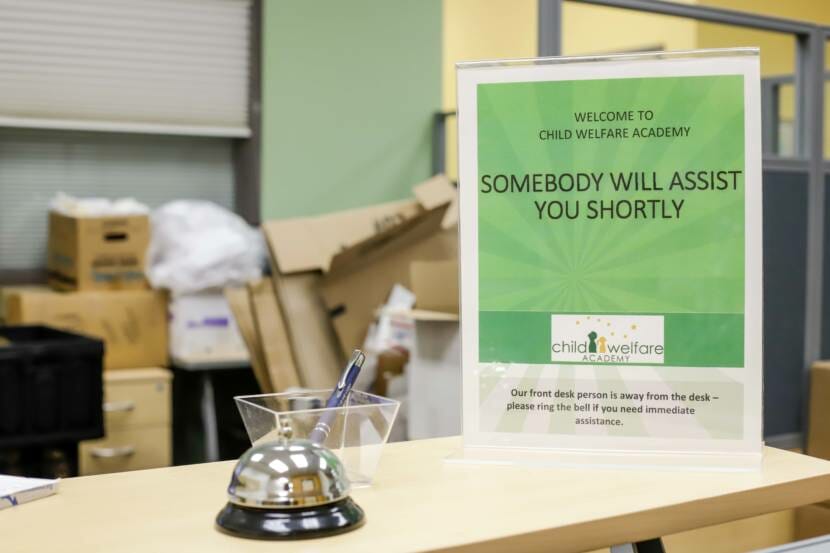
For many of the roughly 3,000 foster children in Alaska, finding a stable home has never been harder.
“Children are sleeping in offices, in OCS offices, because they test positive for COVID, and there’s no one available to take them,” said Amanda Metivier, interim director of the Child Welfare Academy, a University of Alaska Anchorage organization that provides training for people working with foster youth.
Alaska has long struggled to have enough foster homes for the children and teenagers who need them, but the pandemic has made the problem even worse. Fewer families are volunteering to foster for a variety of reasons, from fear of COVID-19 spread to pandemic-driven financial challenges, said Metivier.
On top of that, the state Office of Children’s Services — which places kids in foster homes — has long had trouble filling open jobs and has a high rate of staff turnover. It’s all resulting in more Alaska children staying in shelters during a pandemic instead of with families in foster homes.
“They’re sleeping in hotels, and staff are doing shifts for 40-50 hours to stay with children in a hotel until they can find a family setting for them to stay in,” Metivier said. “More than ever, young people are staying in shelters.”
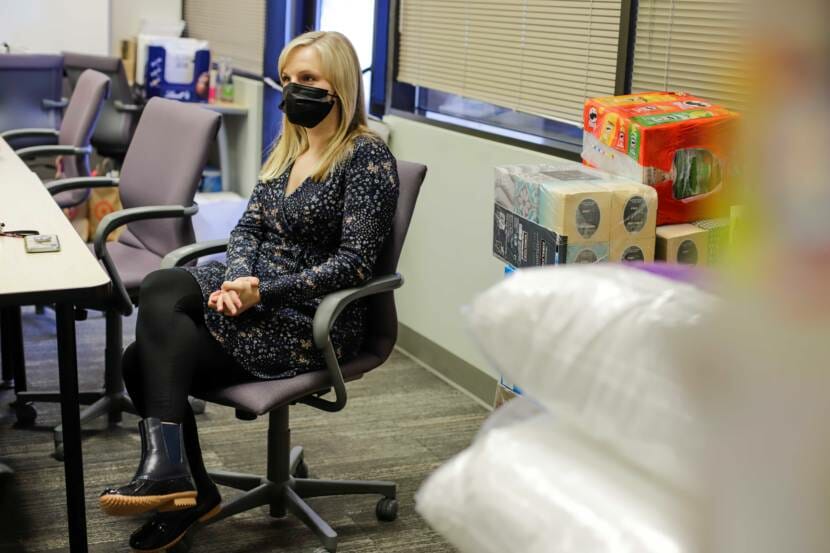
From 1,100 licensed foster homes to 650
One of those young people was 17-year-old Jesse Herrera. She stayed at the Covenant House youth shelter in Anchorage for a month last year, until she found a foster home.
And before that, it also wasn’t easy.
Since the age of four, Herrera has bounced around the foster care system between California and Alaska, experiencing failed adoptions, group homes and treatment facilities. She said typically teenagers in foster care have behavioral issues and trauma from their experiences and are less likely to find homes than younger kids.
“The biggest thing for me is I’m also trans, and a teenager,” Herrera said. “So a lot of people don’t want teenagers, but also a trans youth, so there were no homes that would take me so they had to place me at Covenant House.”
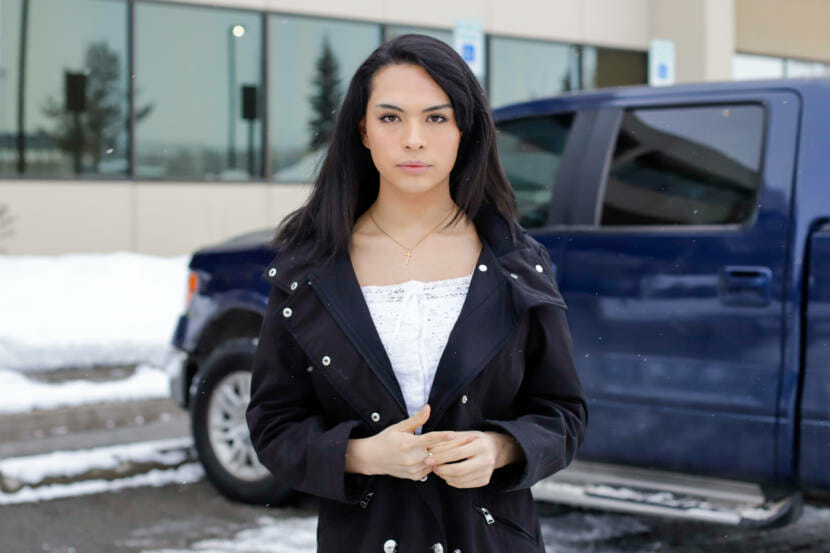
Herrera eventually found her own way to a foster family in Anchorage after visiting the home of a friend’s foster mother.
“I went there for a weekend to spend time with my best friend and hang out, and returned back to the facility at Covenant House, and they said I had to leave because I was gone for too long,” Herrera said. “She said, ‘Get in the truck. Let’s go. You’re staying with me now.’ The caregiver that she is, she took me in out of her own heart.”
While Herrera said she got lucky in finding her foster mother, thousands of other Alaska kids remain stuck without a stable home. Metivier said the number of children in the foster care system has been pretty stable during the pandemic, but the number of foster homes has declined dramatically.
There are roughly 3,000 children in the foster care system.
But by the end of last year, there were just over 650 licensed homes that could take any child — down from more than 1,100 the year before, according to the Office of Children’s Services. That drop doesn’t take into account the licensed homes that aren’t taking in new kids because of things like stress and worries over COVID-19 spread.
‘A systematic failure’
According to some foster care advocates, the problems at OCS go beyond a lack of families and started well before the pandemic. And for one foster parent, those problems prompted him to leave the system.
“I think there’s a lack of training. I think it’s a lack of a qualified workforce. It’s a systematic failure,” said Jason England.
England moved to the Lingít community of Klawock on Prince of Wales Island in 2014. He met his wife, who’s Lingít and the two became licensed foster parents in 2018. He said the demand was immediate.
“We get the phone call, ‘You’re licensed. Here you go, everything’s good.’ It was literally a couple days later, we had three kids in foster care,” England said.
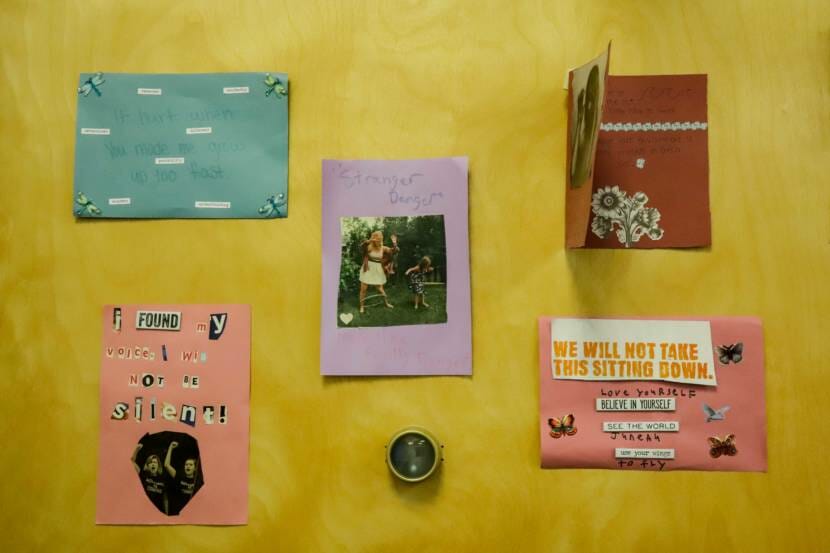
England had done work at the local school and was familiar with the three kids — they were siblings and related to his wife. But the transition was difficult, he said. The only OCS case worker on Prince of Wales at the time told England he had an emergency in Hydaburg, so England would have to pick up the kids.
“It was definitely awkward,” England said. “Going into their house, getting their stuff, the mom sitting there, them crying. And that was the beginning of this journey.”
England said having to pick up the foster children highlights another problem with OCS: There aren’t enough workers. England has had eight different OCS case workers in his roughly three years as a foster parent. There’s rarely more than one to cover Prince of Wales cases, he said
“Prince of Wales is the size of Rhode Island,” he said. “And you’re expecting one person to cover that?”
England said none of his OCS concerns had to do with the kids he was watching. Though he is done being a foster parent, England was able to get the children who were in his care back home to their mother. He said not having to deal with OCS anymore has reduced his stress.
“The last child that we had went home Jan. 21,” England said. “I’ve seen him, he still comes over and watches football with me. And I had my blood pressure checked a couple days ago, and I’m down 20 points.”
Pandemic makes staffing problems worse
State OCS director Kim Guay said the number of foster families in the state has been declining for the past five years, stretching back to before COVID-19 hit. She said staff turnover is normally around 30%, but the pandemic has made it worse. Now it sits at roughly 60%.
As a result, the department sometimes has to ask more of their foster parents, said Guay.
“That’s kind of the nature of our job, is constantly trying to reprioritize what’s needed,” she said. “What’s an emergency, what can be moved.”
Guay said not everyone who’s being hired as an OCS case worker has a background in social work or a similar field because of a small pool of qualified applicants. That has led to OCS shifting focus to more on-the-job training.
The department is also trying to provide foster parents with more support, said Guay. It’s working to create forums for them to discuss issues, as well as a new hotline to get foster parents directly in contact with OCS instead of waiting for their case workers to be available.
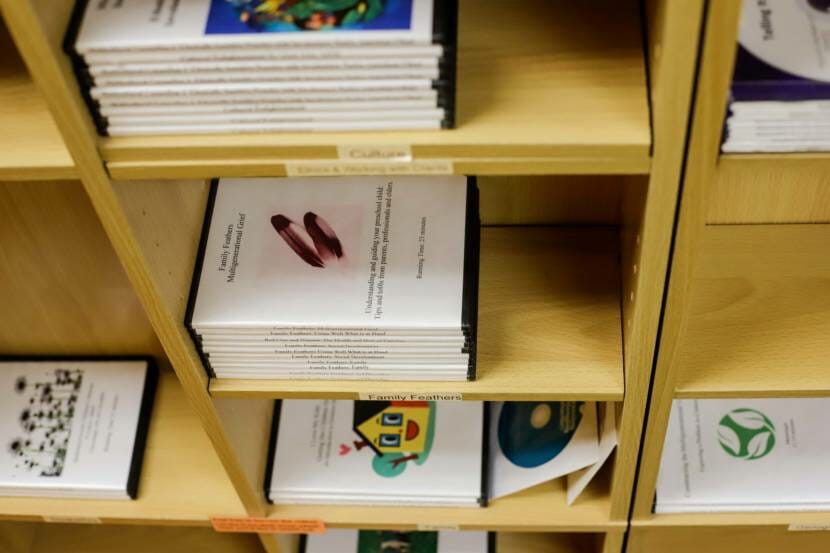
Gov. Mike Dunleavy also announced a program in December called the People First Initiative, which would provide millions of dollars in funding to areas including public safety and foster care.
“He did make this announcement to really invest in child welfare,” said Metivier with the UAA organization. “I don’t know that that’s reflected in the current state operating budget and what he’s proposed. So I’m interested to see what’s to come.”
Guay said more information on the funding should be available in the coming weeks. She said recruiting new foster families and OCS workers is a priority, as is keeping the foster families who are already licensed.
She says her message to foster parents is: “Please hang in there.”
“We need you, and this work can’t be done without you,” she said. “And it’s not that OCS needs you. The kids in this state need our foster parents, and we need them to be strong and healthy.”
Already, with grant funding from the Anchorage Assembly, Metivier and UAA’s Child Welfare Academy have produced ads to try to recruit new foster families.
“Through social media, putting it out at public gatherings, doing things like coffee sleeves, pizza inserts, you name it,” Metivier said. “There’s a huge call to the community to sign up to be a foster parent.”
As for Herrera in Anchorage, who is in one of those ads, she’s thriving in her new foster home since moving in last May.
“It made me feel like I was loved and cared for,” Herrera said. “My depression was rough, and if I wasn’t in this home, I don’t think I’d be here today.”
Herrera turns 18 in March and will age out of the system. Her goals include getting an MBA or J.D. degree, so she can help advocate for the thousands of children that live the same struggles she did.
Correction: An earlier version of this story said Amanda Metivier was assistant director of the Child Welfare Academy. She is the interim director.



